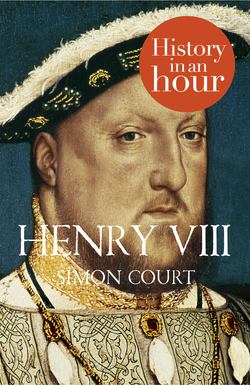Читать книгу Henry VIII: History in an Hour - Simon Court - Страница 10
The Break with Rome
ОглавлениеBy February 1533 Anne was pregnant and secretly married to Henry, and in May the newly appointed Archbishop of Canterbury, Thomas Cranmer, convened a special court at Dunstable Priory, which Catherine refused to attend, either in person or by proxy. On 23 May Cranmer found against Catherine, and pronounced Henry’s marriage to her null and void. Five days later he ruled that Henry and Anne’s marriage was valid and any future children legitimate.
Unsurprisingly the political fallout was enormous. Thomas More, a devout Catholic and supporter of Catherine’s cause, who had replaced Wolsey as Lord Chancellor, had already resigned. Catherine’s daughter, Princess Mary, refused to accept the diminished status of her mother as ‘Dowager Princess of Wales’ (in recognition of her position as the widow of Henry’s brother) or to acknowledge Anne Boleyn as the new queen. Pope Clement VII initiated the excommunication of Henry and Cranmer.
Anne gave birth to a daughter, Elizabeth, on 7 September 1533. Henry now had two daughters from different marriages but still no legitimate son, and it became necessary to establish what would happen to the succession upon his death. This was achieved by means of a new statute, under the skilful management of the new Lord Chancellor, Thomas Cromwell. The Acts of Succession of 1534 and 1536 established that the Crown would pass first to any male heir of Anne, or failing that, to her daughter, Elizabeth. Mary had no claim as she was declared illegitimate. Also the break with Rome was formally confirmed with Parliament declaring Henry ‘the only Supreme Head on Earth of the Church of England’, thereby detaching the Church of England from any papal authority.
